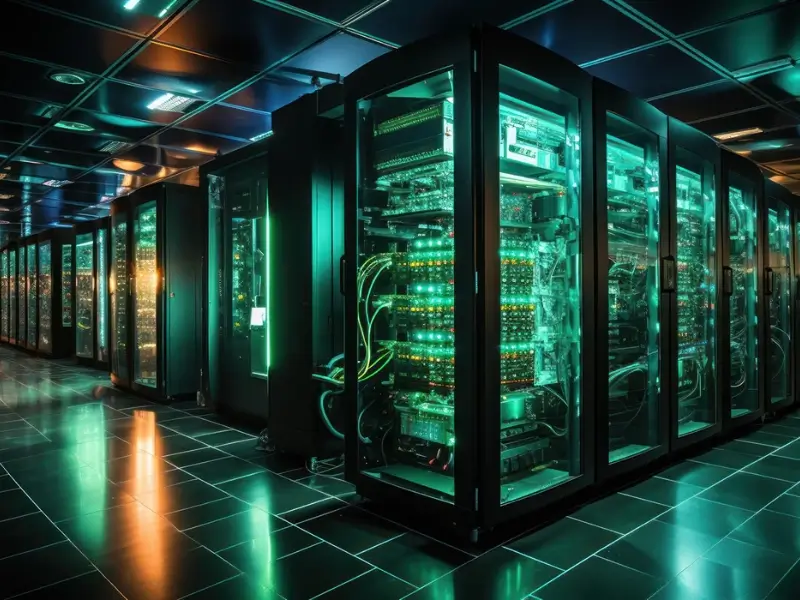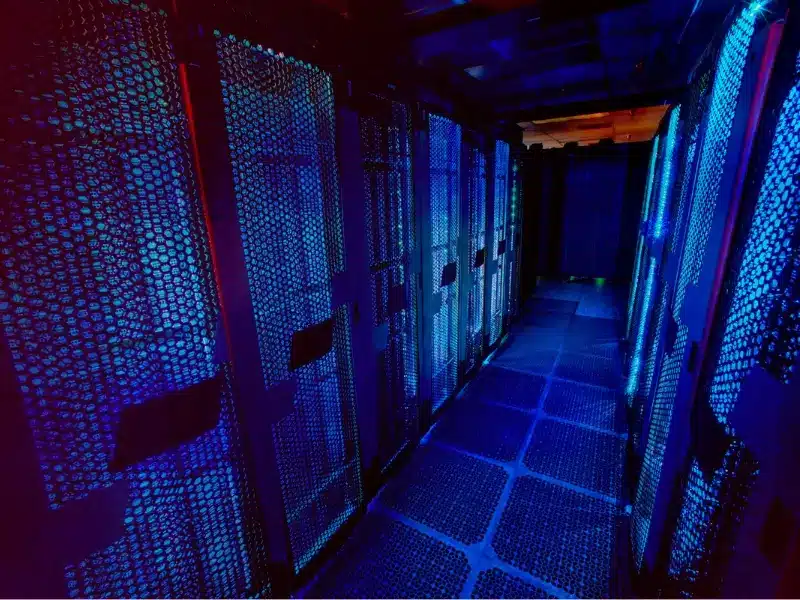

Immersion cooling for data centers
Immersion cooling is a process of cooling electronic hardware by submerging it in a non-conductive cooling liquid. This technology is gaining interest in data centers as an alternative to traditional air-cooling methods. Immersion cooling eliminates the need for air conditioning and reduces cooling energy consumption significantly. The new technology can increase the density of servers, reduce the data center space requirement, and mitigate the risk of equipment failure. Immersion cooling technology works by using a liquid that has a much higher heat transfer coefficient than air and can remove heat up to 1000 times more effectively than other cooling methods. The liquid is non-toxic and will not damage equipment like water would. The adoption of immersion cooling may revolutionize the data center industry by improving energy efficiency, reducing cooling costs, and potentially decreasing the carbon footprint of data centers.
Loyal immersion cooling formula
Loyal immersion cooling formula offers a simple proven way to increase data center computing capacity while dramatically lowering your capital equipment and operating cost
Best Selling Products
Wide Range of Chemicals
Offering a diverse selection of high-quality chemicals to cater to various industry needs
Quality Assurance
Stringent quality control measures to guarantee the purity and effectiveness of our chemicals
Innovative Solutions
Constantly evolving and introducing new products and services to meet market demands
we are committed to driving progress and delivering unparalleled value to our customers.
Try It For Free. No Registration Needed.
Customers Reviews




Get a free quote
Our executive always here to help you. Feel free to ask any question to our executive




